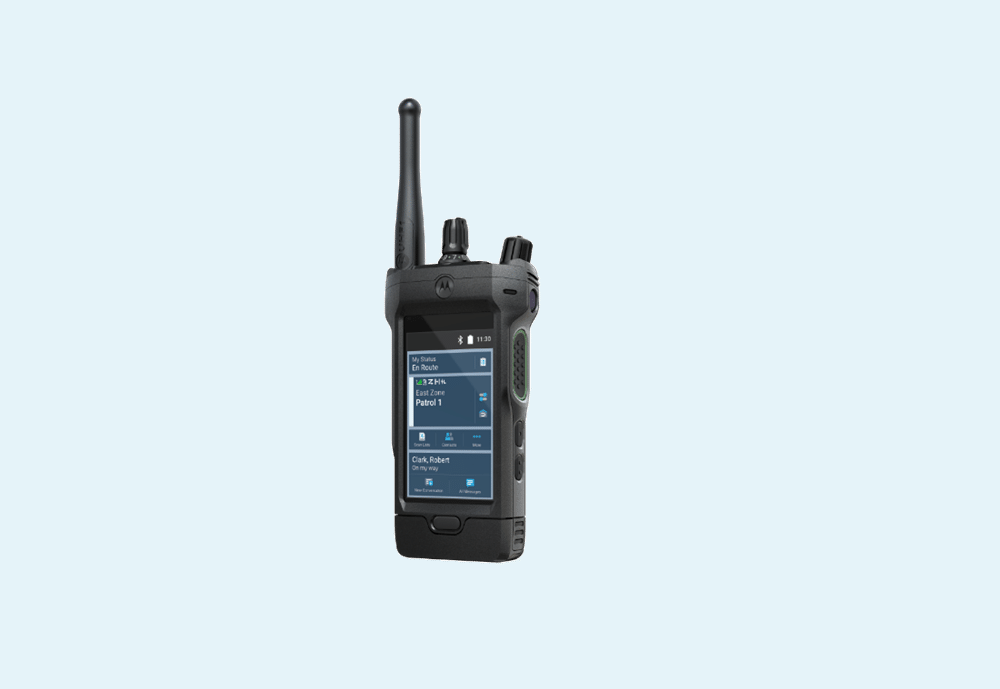How DMR Is Revolutionising Digital Communications for High Tech Operations in Auckland
Auckland’s rapidly expanding infrastructure and digitally driven industries demand far more from communication systems than traditional analogue radios or public cellular networks can provide.
If you’re exploring innovative two-way radio and DMR solutions, particularly for complex field operations, you’re not alone. More teams are seeking systems that blend robust hardware with intelligent design. From smart logistics to emergency coordination, Digital Mobile Radio (DMR) is becoming the go-to solution for resilient, scalable communication across the city.
Its strength lies in the combination of spectral efficiency, data integration, and the ability to function reliably in high-interference environments. For engineers, IT managers, and operations directors, DMR represents a robust platform that goes beyond voice.
It becomes an operational node capable of supporting safety protocols, asset tracking, workflow orchestration, and even limited IoT tasks. This deep dive unpacks why DMR is overtaking legacy systems across Auckland and how it’s shaping the future of field communications.
Key Takeaways
- TDMA-based channel sharing effectively doubles capacity, crucial in Auckland’s spectrum-congested UHF/VHF zones.
- Advanced encryption, access control, and endpoint management provide security that matches enterprise IT standards.
- DMR integrates directly with AVL, SCADA, GIS, and fleet management systems, enhancing real-time visibility and control.
- From single sites to regional trunked networks, DMR can scale with business needs and organisational complexity.
- Localised RF engineering and terrain modelling are non-negotiables for successful deployment and optimisation.
Why DMR Outperforms in High-Tech Environments
Digital Mobile Radio adheres to ETSI’s global standard and employs Time Division Multiple Access (TDMA) to split each 12.5 kHz channel into two independent timeslots. This not only improves spectral efficiency but also lowers operational costs by enabling dual-stream communication per frequency.
Unlike legacy analogue, DMR transmits as discrete digital packets. This enables end-to-end encryption, telemetry, messaging, and remote updates. It also reduces signal degradation and improves clarity.
With features like over-the-air programming (OTAP) and remote disable/reactivation, DMR becomes a programmable platform that fits neatly within a digital comms stack. It’s a communications solution with the agility of a digital IT asset.
Navigating Auckland’s Crowded RF Landscape
Auckland’s VHF and UHF spectrum is a high-traffic environment. Legacy analogue systems or poorly managed networks often suffer from crosstalk, interference, and inconsistent coverage—particularly in industrial zones like Penrose, East Tamaki, and West Auckland.
DMR addresses this by reducing bandwidth demand, operating on licensed channels, and supporting dynamic allocation through Tier III trunking systems. This lets high-density users operate without the interference that plagues open-band systems.
Strategic planning is crucial. Engineers use RF profiling tools, propagation simulation, and environmental mapping to optimise system performance. Every antenna, repeater, and frequency must be chosen for the specific use case and geography.
Integration: DMR as Part of Your Digital Infrastructure
DMR’s flexibility lies in its ability to integrate with critical business systems. This isn’t just radio—it’s a digitally orchestrated asset that feeds into wider data ecosystems.
For example, automatic vehicle location (AVL) data can be streamed directly into dispatch software. Geo-fencing tools can trigger alerts for lone worker safety. SCADA systems can send data packets via DMR to alert crews to site faults.
With custom APIs, DMR can plug into ERP platforms, asset management systems, and even compliance dashboards. This makes it an active contributor to digital workflows, not just a background tool.
Where DMR Is Delivering Tangible ROI
Major Infrastructure Projects
From rail upgrades in Mt Eden to tunnel works in Waterview, construction sites demand reliable, low-latency communications. DMR systems with noise-cancelling handsets and rugged repeaters ensure instant, intelligible contact in high-noise zones.
These setups are built for harsh conditions—dust, moisture, interference—and provide GPS-linked safety tools. Features like emergency override and lone worker check-ins are invaluable on large, complex worksites.
Logistics and Supply Chain
Across Auckland’s freight corridors, DMR delivers consistent communication from dispatch to delivery. Fleet managers can track vehicles in real time, message drivers instantly, and receive job status updates without relying on cellular coverage.
Encrypted transmissions protect sensitive commercial data. And with predictable operational costs, DMR makes financial sense for large distributed teams.
Event and Venue Operations
At music festivals, sports venues, and high-profile corporate events, organisers rely on temporary DMR networks. Portable repeaters and linked base stations allow complete site coverage with zero reliance on mobile bandwidth.
This is critical where crowds and media traffic can overwhelm cellular infrastructure. DMR ensures uninterrupted communication among security, medics, and logistics teams.
Emergency and Utility Services
When seconds count, reliability matters. DMR systems are used by fire services, civil defence, and utilities for their resilience and feature set. Pre-emptive priority calling, system monitoring, and secure channels make DMR a cornerstone of critical response.
DMR vs Mobile Networks: Operational Superiority in the Field
Mobile phones dominate personal comms but aren’t designed for field-critical ops. DMR wins out in several key areas:
- Complete Network Ownership: All hardware and frequencies are under your control.
- Independent Uptime: Private systems won’t go down with public networks.
- Faster Communication: Push-to-talk offers near-zero latency.
- Custom Coverage: Build signal where it’s needed—basements, quarries, tunnels.
- No Monthly Charges: A long-term investment with stable cost profiles.
These features make DMR indispensable for high-reliability, low-latency operations across Auckland’s diverse terrain.
Engineering Resilient DMR Networks for Auckland
Network performance in Auckland relies on smart engineering. System design must address everything from building density to weather interference.
Effective planning involves:
- RF shadow mapping and site simulation
- Interference profiling and channel coordination
- Repeater logic and antenna design for redundancy
- Tier II vs Tier III network configuration based on scale
Scalable solutions can grow from small single-site systems to multi-site, trunked city-wide networks. Integration with fleet, security, or emergency systems ensures that the network delivers real operational value.
DMR in the Age of IoT and Industry 4.0
DMR is evolving. New models support Android-based apps, GPS/Bluetooth pairing, and barcode scanning. Devices can serve as both radios and data terminals for frontline teams.
In warehouses, DMR radios double as inventory tools. In field service, they sync with job dispatch systems. And across all sectors, they offer redundant communication channels that enhance operational resilience.
This makes DMR a valuable edge layer in IoT environments. Whether feeding telemetry to a SCADA system or serving as a relay node in a vehicle fleet, DMR delivers more than voice.
Where DMR Meets Digital Transformation
From substations in the Waitākere Ranges to freight hubs in Wiri, DMR is enabling real-time, resilient field communication.
It supports uptime, enhances safety, and integrates with digital control platforms. As more organisations digitise their field operations, DMR is emerging as a critical infrastructure layer—stable, scalable, and future-ready.
DMR isn’t just catching up to mobile—it’s leapfrogging it where uptime and digital orchestration matter most. For Auckland’s tech-driven operations, it’s a strategic enabler, not just a communication tool.
For those interested in tech-driven communications, the way DMR combines hardware, software, and spectrum management is as relevant to today’s field operations as smart search is to health tech. To understand this better, check out how predictive technology is reshaping New Zealand’s orthodontist search tools.



